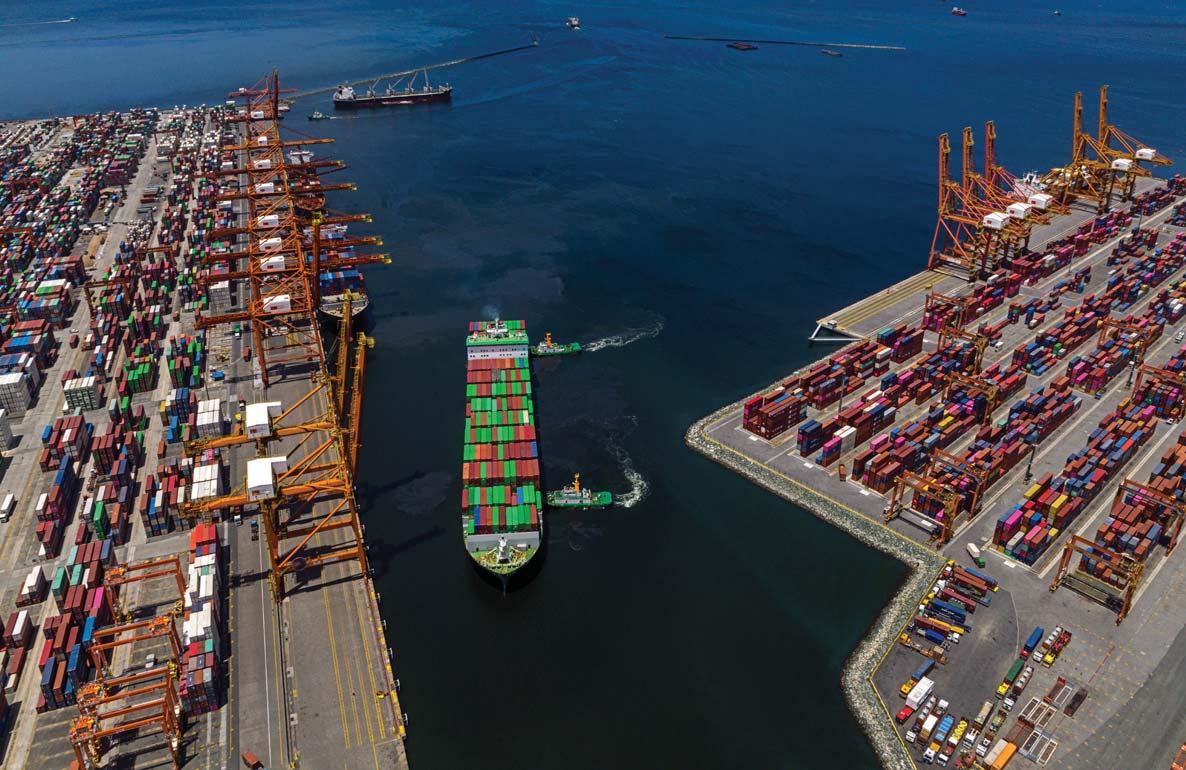
Monday 20th October 2025

by inAfrika Newsroom
South Africa’s Durban Gauteng corridor is back in the spotlight after a White Paper proposed a R50 billion inland port to relieve congestion, developers said. The Port of Gauteng plan highlights rail’s current share of under 14% on the corridor and argues that a new hub could rebalance freight flows. The Durban Gauteng corridor carries strategic minerals and consumer goods into the heartland.
The proposal outlines an inland terminal, logistics precincts and rail links aimed at shifting cargo from road to rail. Moreover, backers project up to 50,000 permanent jobs once fully operational, with phased construction to de-risk capital outlays. Officials said the Durban Gauteng corridor initiative would complement Transnet reforms that seek private participation in freight rail.
Regionally, Tanzania reported rising throughput at the Kwala Inland Container Depot near Dar es Salaam as port upgrades and rail services scale. In addition, authorities said Kwala deliveries and receipts in the first eight months of 2025 already exceeded last year’s volumes, reinforcing the case for inland hubs to decongest seaports. Logistics planners view these dry ports as essential for corridor reliability.
Why it matters: improving the Durban Gauteng corridor would cut truck costs, reduce accidents and lower emissions, strengthening export competitiveness. However, analysts cautioned that execution depends on bankable rail slots, tariff clarity and municipal permitting. Consequently, developers are courting private capital while aligning with national transport plans.
If timelines hold, proof points will include rail share gains and turn-time reductions at connected depots. Meanwhile, cargo owners are mapping how inland-port services could trim inventory days and warehousing spend. For shippers across SADC, the Durban Gauteng corridor remains the barometer for whether reforms are translating into predictable end-to-end logistics.


